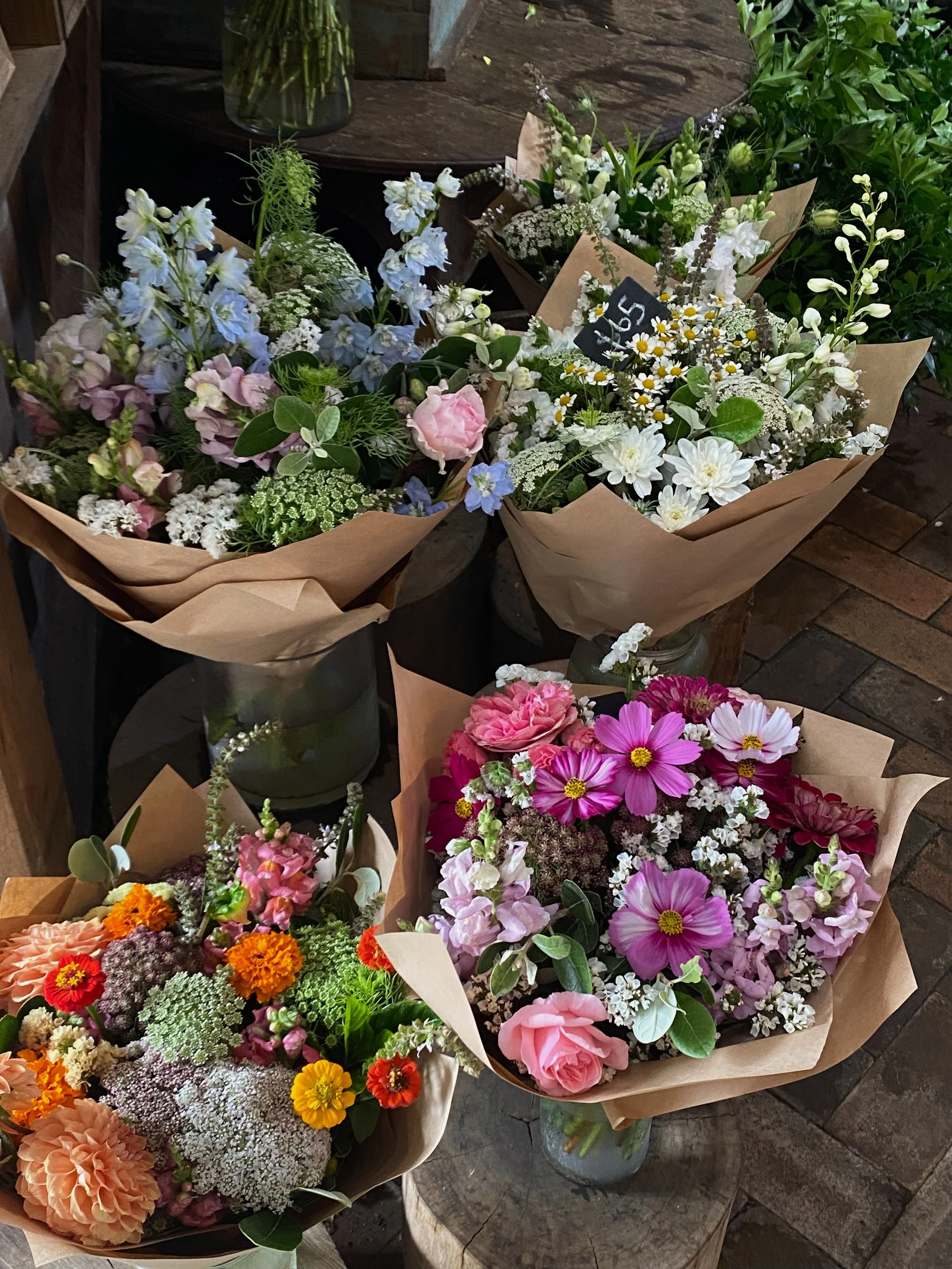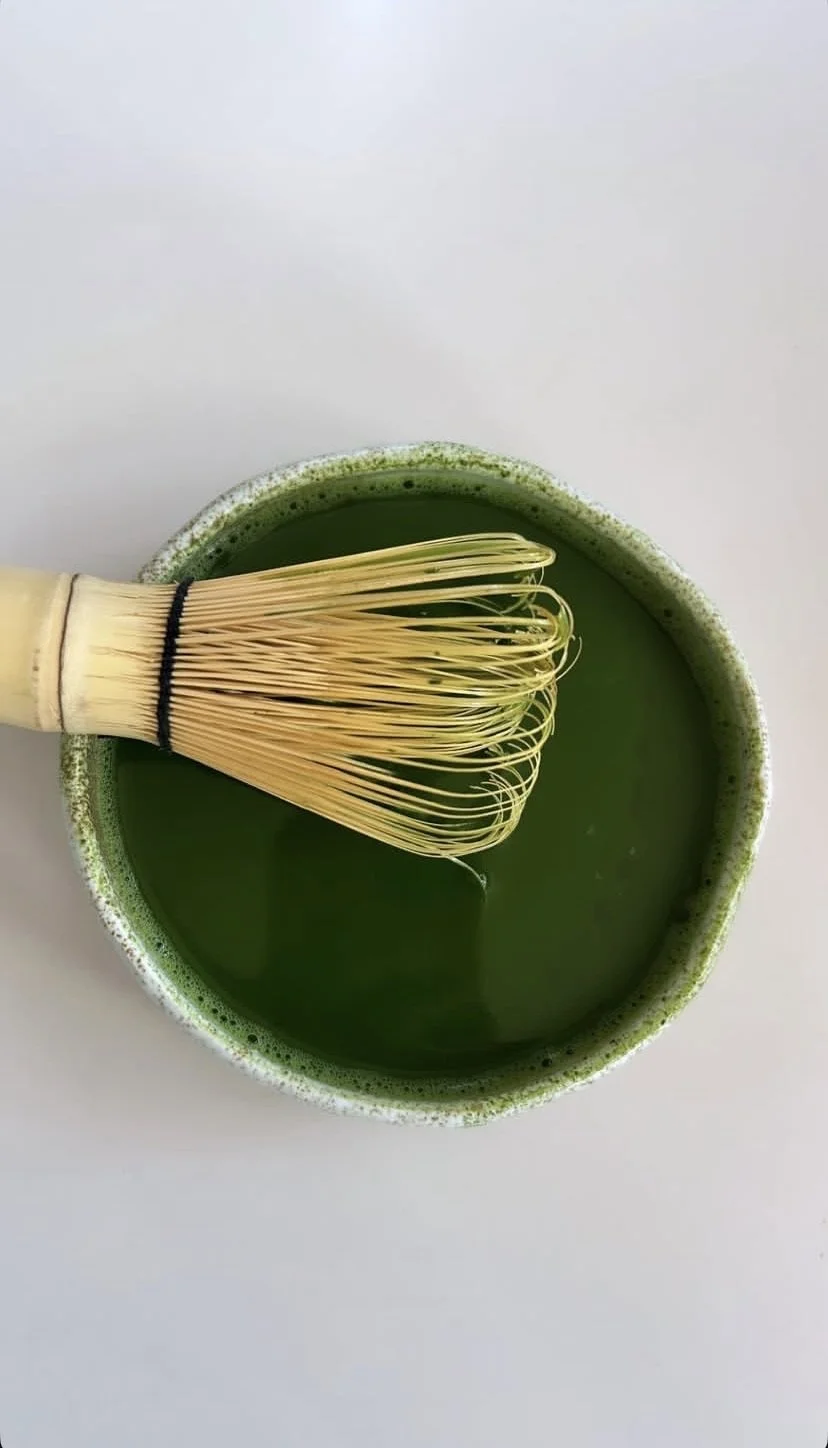How to Build a Successful Collaboration
Successful collaborations are the cornerstone of sustainable growth for brands and small businesses—it creates opportunities for mutual growth, expanded reach, and business knowledge that can benefit others. For freelancers, building collaborative relationships can completely transform your career trajectory, opening doors to new markets and revenue streams that might otherwise be out of reach so you can scale your business effectively.
Know Your Business Values
In order to seek out the right partnerships, you need to have a clear understanding of your own brand identity and objectives. Define your niche, where your expertise lies, and the unique value you bring to a project. Your niche isn’t just about what you do every day, but how you do it differently to other freelancers. It’s this clarity that will be your north star when it comes to evaluating potential collaborators and creating a value proposition that gets them on board.
Set the Right Goals
Goal setting is a key component of turning a freelance business into a brand, so you want to establish short-term and long-term goals that will provide the roadmap for your collaborative efforts. A short-term goal might be increasing your brand awareness or reaching a new customer segment. Long-term goals might be launching a new product or service, or building lasting strategic alliances with big hitters in your industry.
Make sure your goals are SMART—specific, measurable, achievable, relevant, and time-bound. It will help you evaluate potential partnerships more effectively and ensures both parties are working towards complementary outcomes. It will also help you measure how successful a collaboration has been for your business.
Create Compelling Content and Visuals
Content isn’t just for the big brands. In fact, to get your name out there in front of the right people, you need to know how to create compelling content that tells your brand story effectively. The content you put out into the world needs to demonstrate your expertise, highlight your unique approach, and prove your capability—in other words, why should someone collaborate with you?
Investing in the right tools is the first step. Digital cameras that will level up your photography, like those outlined in this guide from MPB, will ensure that whether it’s a blog post, a social post, or printed materials, it will stand out and align with your brand identity. It’s vital that your visual content is professional and consistent across all platforms.
You also want to diversify what you’re posting and where. This doesn’t need to be time-consuming though—one blog post can easily be repurposed into a podcast, an Instagram post, and an email newsletter with the right approach. Remember that potential partners are likely to make a snap judgment based on how you present yourself online, so ensure your content reflects the caliber of work you deliver.
Built By Freelancers, For freelancers
Value Collaborations as a Strategic Asset
It’s easy to see collaborations with other brands or freelancers as a profitable transaction, but in reality, it’s a strategic asset for your business. When one company refers a freelancer to another—regardless of the project size—it’s more than just a lead; it’s a sign of trust.
Delivering excellent service helps your client but it also enhances your standing as a reliable and valued partner, which can open the door to a wider network, future referrals, and stronger alliances.
On the other hand, handle a referral poorly and it can harm both your reputation and that of your partner, which only compounds the damage. Savvy freelancers recognize that every referral and expression of interest from a partner is a rare opportunity—something to be nurtured and respected.
Create a Clear Protocol That Works
Use a clear protocol for every collaboration that outlines agreed actions, who is responsible for what, and when it needs to be delivered by. The pilot phase should establish a reliable, repeatable approach that ensures the clients’ needs are met and the value of the partnership is clearly demonstrated.
For instance, HR professionals serve their clients best by expertly matching the right companies with the right applicants—those with the necessary experience and skillset—to drive client outcomes.
The Power of Personalization
In an era of mass marketing and automated outreach, personalization matters more than ever to help you stand out. Take the time to understand each potential business’ unique challenges and opportunities, to work out where your expertise and skills fit in.
Not only does this demonstrate that you've invested time in learning about their brand, but it shows you’re genuinely interested in building an authentic relationship rather than simply seeking a contract.
Tailor your communication style to match the preferences of those you’re reaching out to, and adapt your content where possible to complement their brand voice. This attention to detail shows respect for their brand and helps create seamless campaigns that feel natural to both your audience and theirs.
Building Long-Term Relationships
Successful collaborations can evolve into long-term partnerships that will provide ongoing value for both parties. Focus on building genuine relationships rather than just completing projects like it’s a checkbox exercise—stay in touch with successful collaborators, celebrate their achievements as you would your own, and look for new opportunities to work together in the future as both businesses grow and evolve.
This blog was written by Chloe.
Chloe is a business graduate and freelance writer who is passionate about researching industry insights and the latest best practices. She specialises in marketing, business, and HR content, and this, together with running her own freelance business, offers her a different perspective from which to write.





